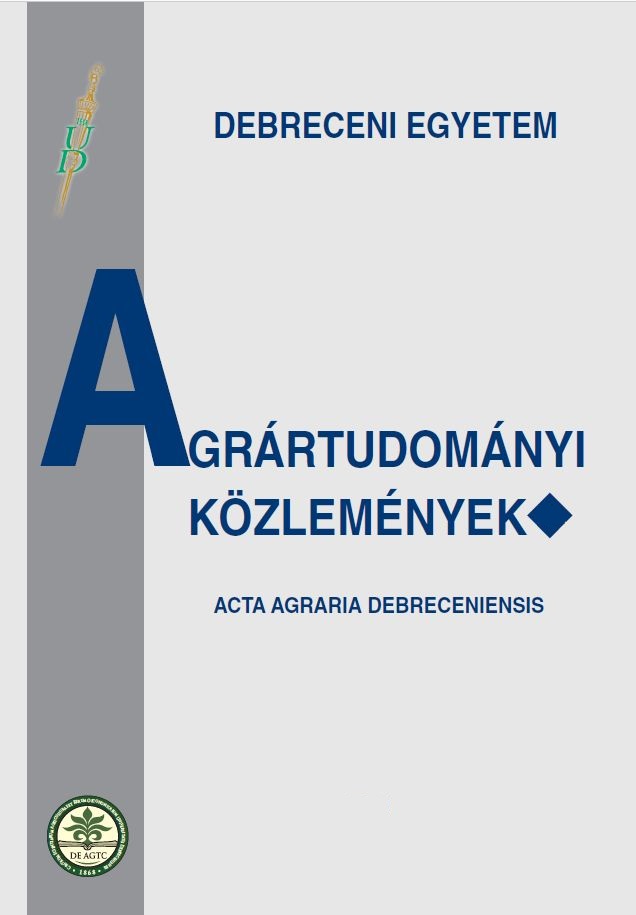Sequence stability at SSR, ISSR and mtDNA loci of common millet (Panicum miliaceum) from the middle ages
Authors
View
Keywords
How To Cite
Abstract
Seed remains of medieval millet, recovered from a 15th century layer (King’s Palace, Budapest, Hungary), showed reddish yellow grain color after rehydrating on tissue culture medium that was close to grain color of modern cultivar Omszkoje. aDNA of medieval c. millet was extracted successfully, analyzed and compared to modern common millets by ISSR, SSR, CAPS and mtDNA. Analyses of fragments and sequences revealed
polymorphism at seven ISSR loci (22 alleles) and at the 5S-18S rDNA locus of mtDNA. CAPS analysis of the 5S-18S rDNA fragment revealed no SNPs in the restriction sites of six endonucleases TaqI, BsuRI, HinfI, MboI, AluI and RsaI. Sequence alignments of the restriction fragments RsaI also revealed
consensus sequence in the medieval sample compared to a modern variety. Morphological characterization of twenty common millet (Panicum miliaceum L., 2n=4×=36) cultivars and landraces revealed four distinct clusters which were apparently consistent with the grain colors of black, black and brown, red, yellow, and white. In the comparative AFLP, SSR and mtDNA analysis modern millet cv. ‘Topáz’ was used. AFLP analysis revealed that extensive DNA degradation had occurred in the 4th CENT. ancient millet resulting in only 2 (1.2%) AFLP fragments (98.8% degradation),
compared to the 15th CENT. medieval millet with 158 (40%) fragments (60% degradation) and modern millet cv. ‘Topáz’ with 264 fragments (100%). Eight AFLP fragments were sequenced after reamplification and cloning. Microsatellite (SSR) analysis at the nuclear gln4, sh1, rps28 and rps15 loci of the medieval DNA revealed one SNP (single nucleotide polymorphism) at the 29th position (A to G) of rps28 locus compared to modern millet.
Mitochondrial (mtDNA) fragment (MboI) amplified at the 5S-18S-rDNA locus in the medieval millet showed no molecular changes compared to modern millet. The results underline the significance of survived aDNA extraction and analysis of excavated seeds for comparative analysis and molecular reconstruction of ancient and extinct plant genotypes. An attempted phenotype reconstruction indicated that medieval common millet showed the closest morphological similarity to modern millet cultivar Omszkoje.

 https://doi.org/10.34101/actaagrar/27/3093
https://doi.org/10.34101/actaagrar/27/3093